Jeff Vanuga Finds Renewed Success Leading Photo Tours
Landscape photographer Jeff Vanuga pivots to leading photo tours as paid editorial assignments run dry.
• April 2020 issue
Award-winning nature and wildlife photographer Jeff Vanuga is in a talkative mood. On the state of editorial and commercial photography today, he says, “Well, compared to a decade or more ago, the assignments are definitely fewer and farther between. And they are less—a lot less—lucrative.”
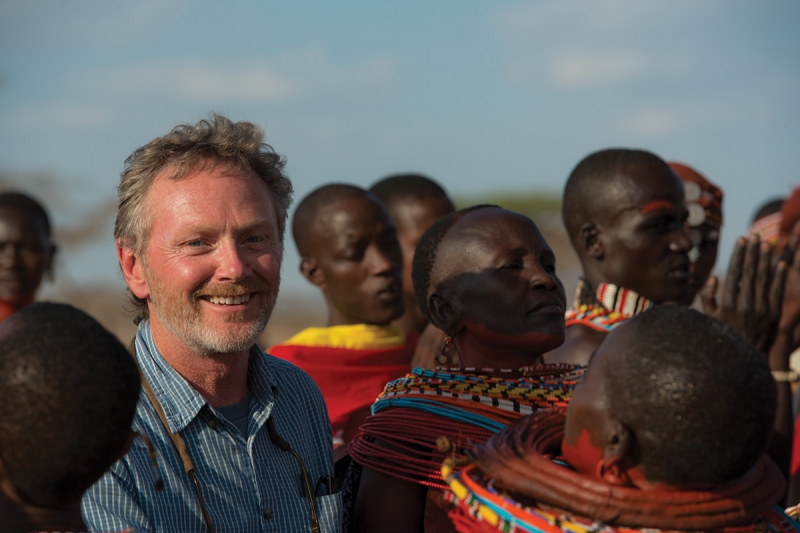
Wyoming-based Vanuga, whose photography has appeared in National Geographic, Smithsonian, Audubon, The New York Times, and elsewhere, whose commercial clients include Apple, Ford, and Nissan, and who has won a slew of awards including BBC Wildlife Photographer of the Year, smiles and confesses, “The phone hasn’t exactly been ringing off the hook lately.” He explains that he used to get up to 10 calls a week from potential clients. “That was then. Today, it’s a different world. The phone is, shall we say, a lot quieter.” He reports recently getting paid just $250 for a magazine cover shot. “That’s a fraction of what we used to get,” he says of himself and his commercial colleagues.
But Vanuga, 64, is not complaining. “The industry has changed, no doubt about it,” he says. “But there’s no point in sitting back and griping. When things change, you have to adapt.” He pauses for a moment, then adds, “If you don’t adapt, you die.”
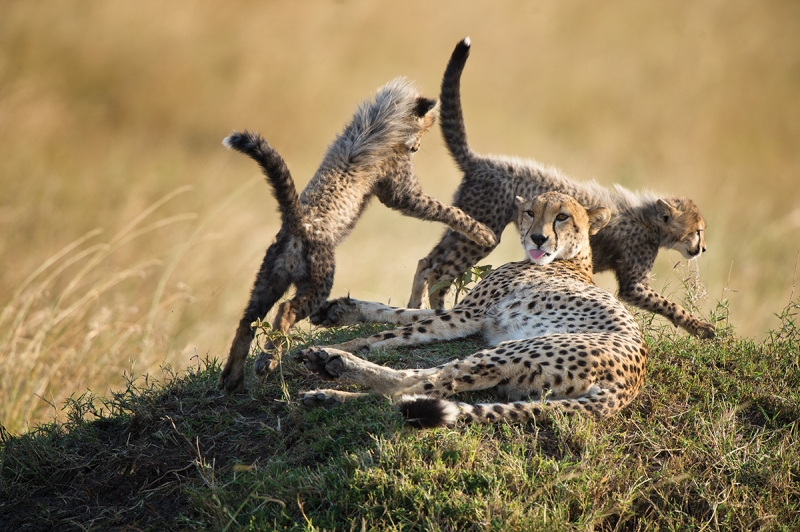
THRIVING
Happily, Vanuga’s passion for photography has kept him thriving. “I’ve always been a photographer; it’s who I am,” he explains. “While I confess I may have occasionally thought about hanging up my cameras, it’s my passion for making images and the lifestyle that comes with this trade that has kept me going.”
When he realized assignments were dwindling, he began thinking about leading photo tours and workshops. He’d done the occasional photography workshop for Audubon, National Geographic, and others since the early 1980s but considered these ventures sidelines to his editorial and advertising work. “However, I really enjoyed the travel, visiting exotic new places, and the chance to instruct and meet other eager photographers in the workshops,” he says.
For the past several decades Vanuga has been leading an increasing number of photo tours, especially with the veteran photography tour and workshop company Joseph Van Os Photo Safaris. He’s done as many as 10 a year, traveling to more than 30 countries. The income has helped him replace lost revenue from other sources and he’s also been able to build up his photo library with images captured on these trips. “Also, I’ve been lucky to go to a wide variety of exotic locations, from Ladakh to Antarctica to Borneo and Tanzania.”
Joe Van Os, the company’s director, says Jeff is one of the company’s most popular tour leaders: “He’s as good with people as he is with his camera—a real pro. His tours are usually sold out and clients rave about him.”
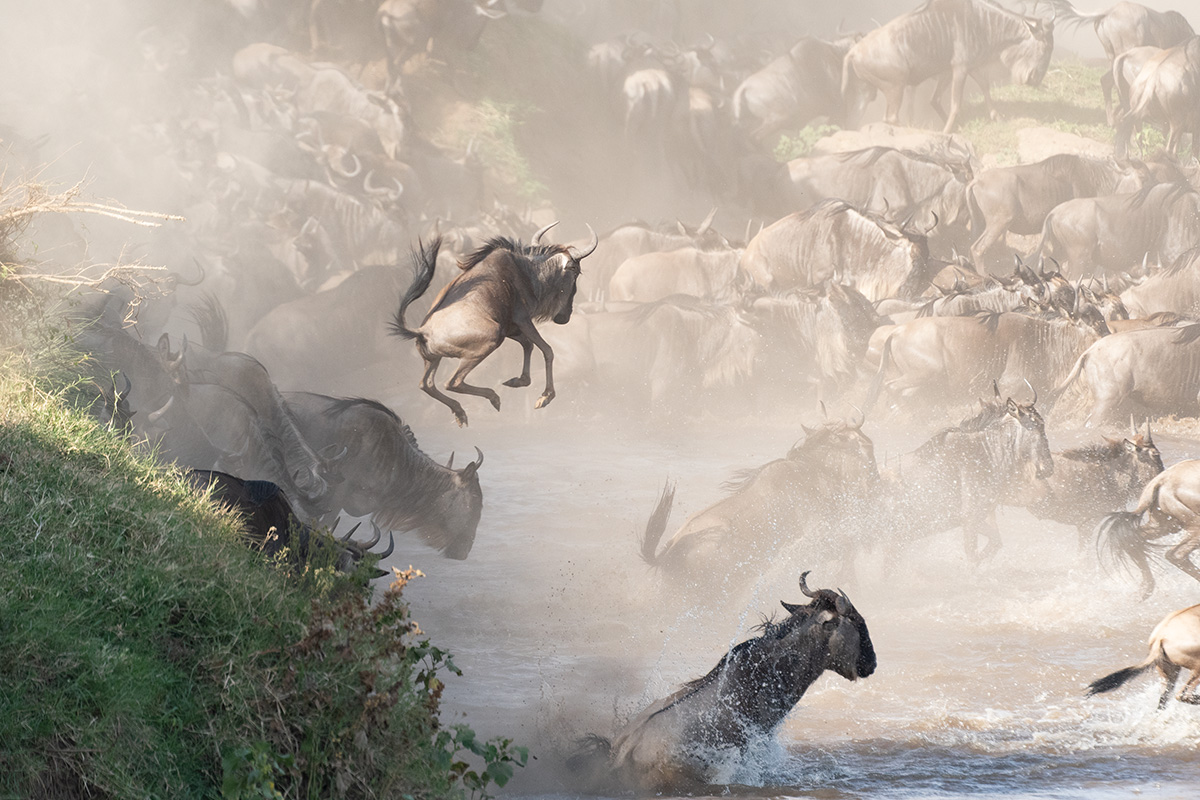
HOW TO LEAD WORKSHOPS
Vanuga offers his advice on the qualities a photographer needs to be a successful tour and workshop leader.
Generosity. “The customer comes first,” says Vanuga. “Clients pay a lot to go on these tours and workshops, and you have to be willing to take a backseat and let them make the most of every opportunity.” For example, on a trip to photograph polar bears in Churchill, Manitoba, he gave up his seat on a snow coach to a client because there were polar bears “play boxing” on his side of the snow coach. “It is never a case of ‘my shot first,’’’ he says. “It’s all about giving the customer the chance to make a memorable photograph.” Many times he’s repositioned his tripod or moved out of the way to let a client take his place. “It is part of the deal that you’re going to miss photo opportunities, but this, after all, is a service-oriented business.”
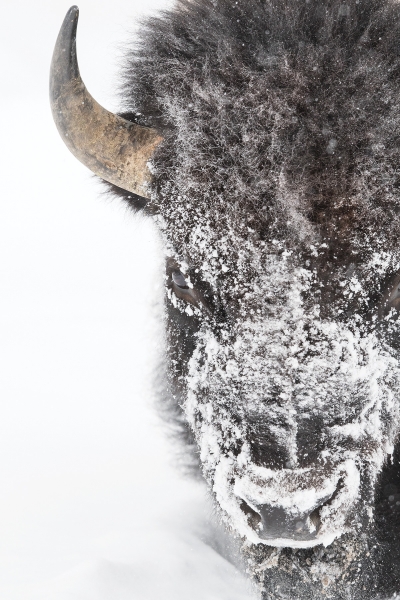
Patience. “I had a photographer friend of mine go along with me on a 25-day tour to South Georgia in the southern Atlantic,” remembers Vanuga. “He was interested in becoming a tour leader, but by the end of the trip he told me, ‘I don’t know how you do it!’ He’d changed his mind.”
“On a tour you can be with people for up to a month, from five in the morning until 10 or 11 at night, and you need to deal with every situation you can imagine, from making sure your clients have the proper clothes to staying healthy to understanding their gear,” says Vanuga. He describes helping a group of neophytes on one tour who had no idea how to use the expensive new cameras, laptop computers, and lenses they’d just bought. “They didn’t even know how to plug in their computers to their cameras. I got them up and running, but I usually work with more advanced clients,” he says. “That took patience.”
Diplomacy. “Being a people person is a necessity,” says Vanuga. This means more than just being friendly and outgoing. “You also need to understand that every client is different and has unique needs and desires. Some want help, others may even resent you asking,” he explains. “Also, some may want us to critique their work, others don’t. You have to be able to know the difference.” He notes that his last two trips were populated with executives from Google and Apple, company owners, lawyers, and doctors. “These are people who are used to giving orders, not taking them,” he says. “So you have to know how to read them and handle them.”
Authority. Sometimes it’s necessary to be a policeman. Because he believes that 99% of people don’t know how to behave around wildlife, Vanuga has very strict standards when it comes to client safety as well as safety for the animals. “I’ve seen it all,” he says with a sigh. “I’ve had clients trying to feed polar bears, tossing sandwiches from a snow coach in Churchill. A guy on our tour in Katmai National Park ran after a grizzly and her cubs with his video camera. He was just 15 feet away from her. The third time I caught him doing this, I kicked him off the tour. He could have been killed.”
In Antarctica, after a group of tour members rode Zodiac boats to reach a group of Weddell seals, one client threw a snowball at the sleeping seals. “He wanted to get a picture of them with their heads up and ruined it for everyone, including the seals,” says Vanuga. “I went ballistic and read him the riot act!” Vanuga has a strict code of ethical field behavior, from never stressing the animals to staying on trails to protect fragile ecosystems.
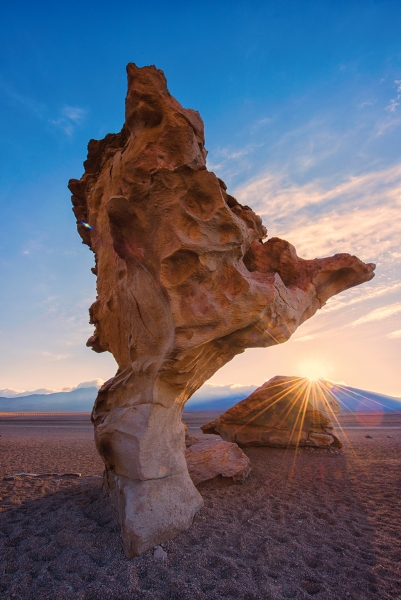
Flexibility. “Stuff happens,” says Vanuga, as he explains how important it is for a tour or workshop leader to be both flexible and adaptable. “Say you have torrential rain for several days on a tour and you can’t step outside. You have to have the wherewithal to do things that help your clients and keep them satisfied.” He has prepared lectures and presentations he can offer on topics such as improving your nature and wildlife photography, understanding exposure, exploring your camera and lenses, and other topics. He’ll also help clients work on their cameras or offer group photo critiques. “I don’t usually do a lot of teaching on my tours, but I can if needed,” says Vanuga.
Professionalism. Not every client asks for advice, but when they do, Vanuga shares important lessons he’s learned as a photographer and as a tour and workshop leader.
Top of his list is “Don’t copy.” As he explains, “I’ve had clients on our grizzly bear tours tell me they want to duplicate Tom Mangelsen’s classic shot of the Alaskan brown bear with the salmon flying into its mouth. I ask them if they really want to merely copy a famous image. I tell them they should find their own signature image. That’s the challenge.” Don’t put your tripod where others have put theirs, is another tip from Vanuga. “Whenever I go to a new place, I think, I am going to make my own unique image. I’m always trying to make my own vision.”
For clients on a photography tour or in a workshop he suggests they stick to the leader like glue so they can see how these professionals shoot and discover what their thought processes are. “I’d advise them to be like a sponge and soak up as much as they can from the pros,” he says. “It’s something I learned when I was starting out and went on tours with legendary photographers like John Shaw and others.”
Another tip: Get off the beaten path. Sure, so many places are overcrowded—as many as 3.8 million people crowd into Yellowstone in a summer—but go off season or shoot at night. When he’s shooting personal work, Vanuga will kayak, backpack, and camp for days in the wilderness to find a place that he can have to himself.
Lastly, advises Vanuga, “Stay passionate. Your best shot is still to come.”
RELATED: A gallery of Jeff Vanuga's nature work
Robert Kiener is a writer in Vermont.

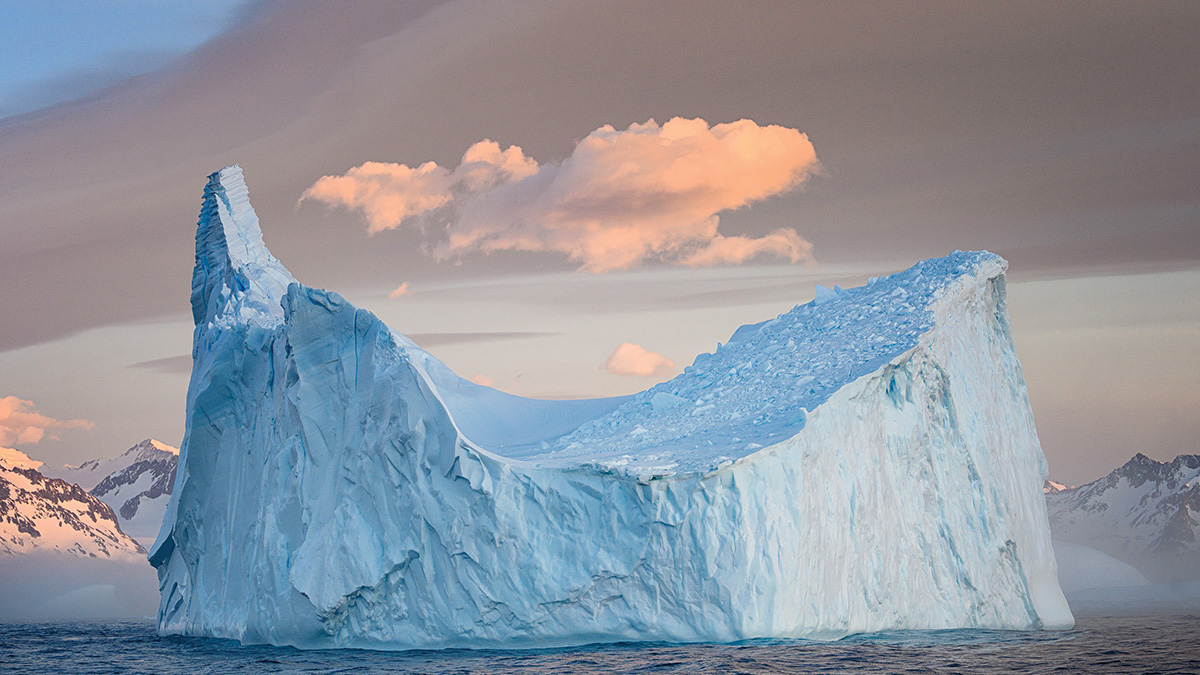
 View Gallery
View Gallery


